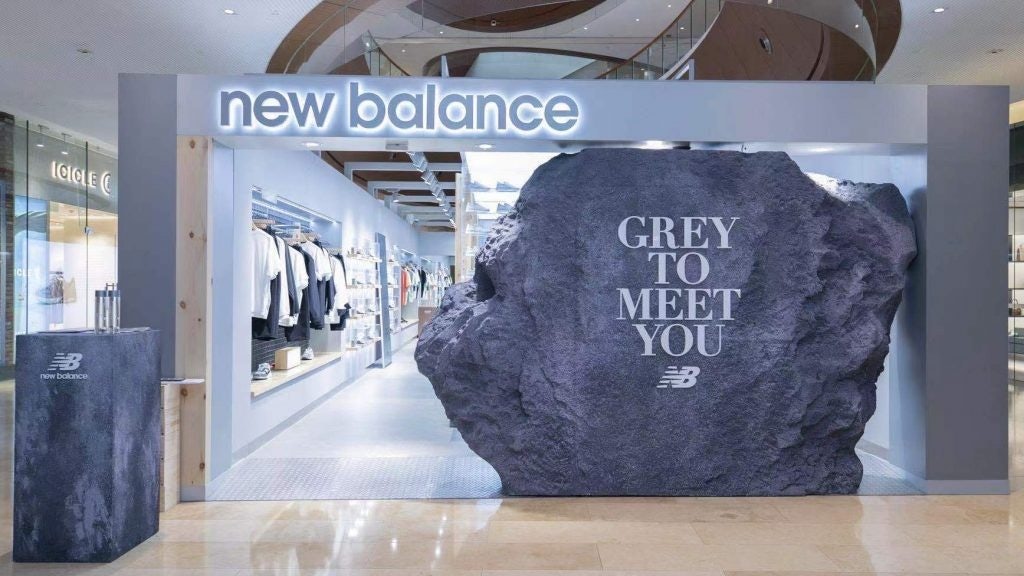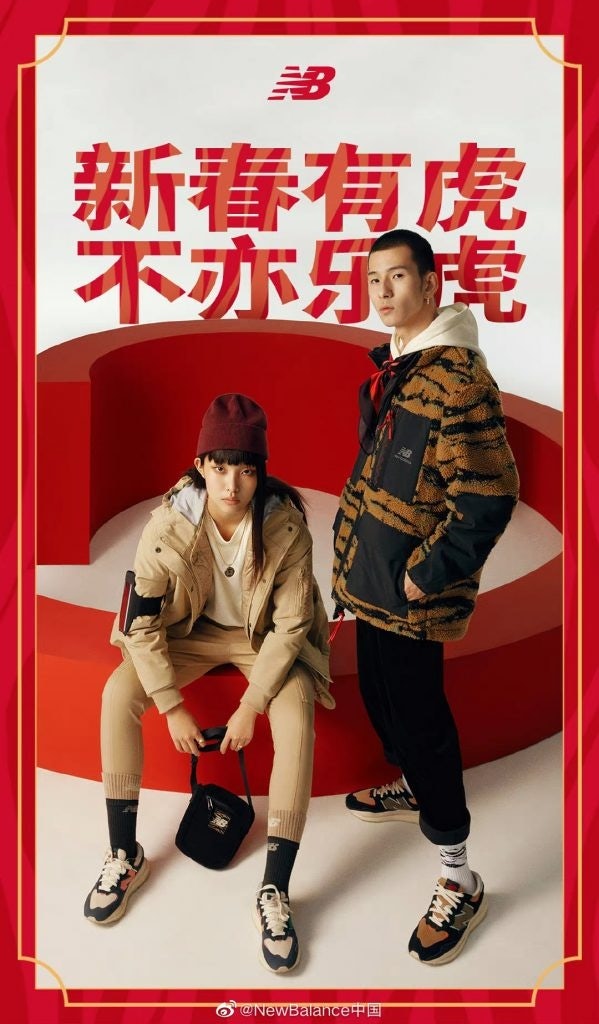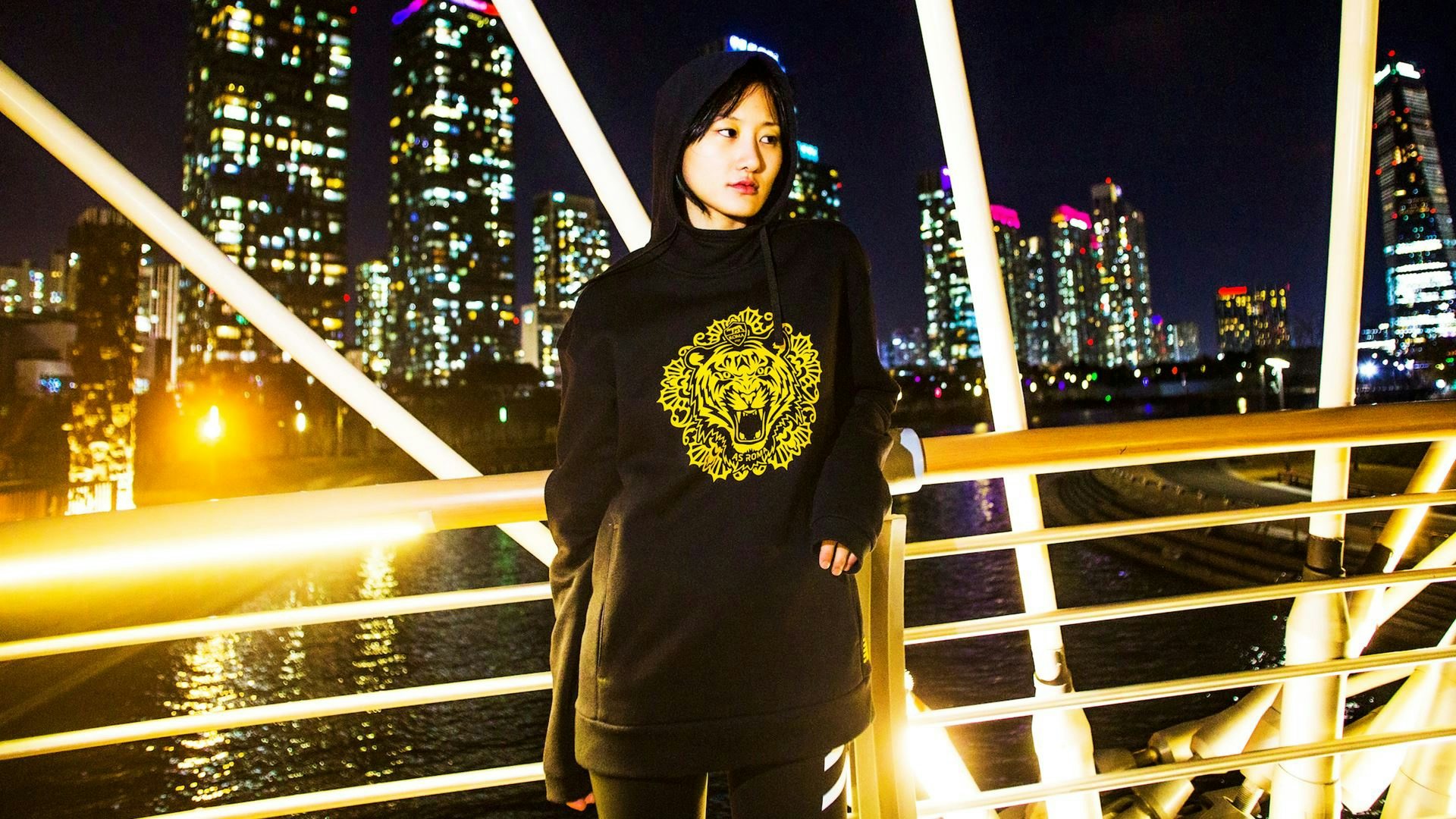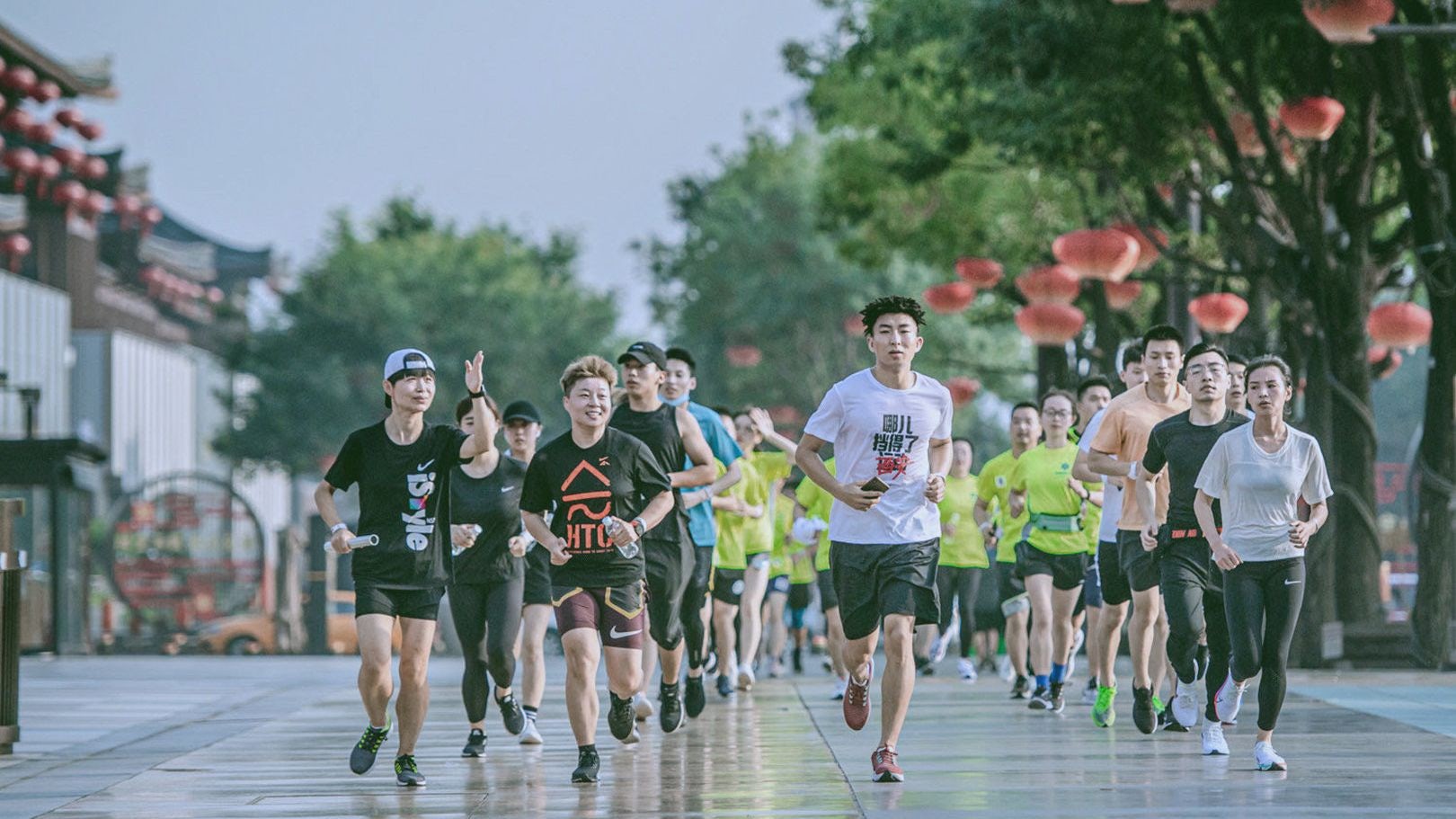The fusion of fashion and sports gear; an ever-increasing awareness of physical and mental wellbeing; growth in consumers’ disposable incomes: these trends have created a fertile ground for the development of China’s sporting goods industry. According to Euromonitor, the sportswear market in 2021 increased by 23 percent (vs. 15 percent in the US) compared with 2020. And there appears to be no significant reduction in growth. Forecasts indicate that the mainland sportswear market will increase by 13.7 percent CAGR (vs. 7.8 percent in the US) for 2021-2025.
Fittingly, major international players continue to ramp up investment. For example, Nike is reportedly investing 205 million (1.3 billion RMB) in an Innovation Center in Shenzhen. Yet the Chinese sportswear market scenario is also presenting high-growth opportunities for smaller sportswear makes, meaning their more agile counterparts will struggle to maintain their lead.
According to the NPD Group, New Balance was the only international leisure label to see growth in China in Q3 2021 vs. Q3 2020. And this cannot be attributed to discounting. In fact, its average list price increased more than 10 percent.
As they contend for leadership in the area, we outline some of the strategies responsible for New Balance’s position.
Retail Ecosystem#
New Balance has developed an ecosystem of retail concepts which provide differentiated facets and connecting points for Chinese consumers. For example, NB Grey is a concept store with outlets in Beijing, Guangzhou, Chengdu (pop-up store), and Shanghai that showcases product collections and head-to-toe outfits. Similarly, NB Running Store does not only sell performance products but acts as a hub for running communities. All of this taps into the New Balance philosophy, “Runs with You,” and retail experiences are designed to engage with both existing and prospective consumers on an emotional level.

Retro Design#
New Balance uses its heritage as a source of inspiration and innovation. For example, the 327 — based on the classic racing sneakers — is one of their most popular shoe models in the mainland. Other retro styles include the XC-72 model, which references the aesthetics of the ’70s. A more contemporary design is the 550 model: a retro basketball sneaker designed in 1989. The rising average resale price premium reflects the perceived brand value. StockX reported a 400 percent growth in trade for New Balance 992 in H1 2021 vs. H1 2020.
Made for China#
Chinese specific collections are not new to the brand, which celebrated last year’s CNY with the release of M1500 “Year of the Rat.” New Balance Shanghai Design Studio (SDS), created in 2019, also facilitates local Ramp;D endeavors and helps to develop area-relevant marketing initiatives. The SDS-designed CNY Pack for 2022’s Year of the Tiger was one collection released recently in the country. They also featured the stories of four Gen Z influencers — Sen Lin, Bing Xie, Wang Ke, and KUN — for its Lunar New Year campaign.

Authenticity#
New Balance has sought to identify influencers from a diverse range of backgrounds. Although they recently signed the popular K-pop singer IU as its global brand ambassador, New Balance launched an interview series titled “NB Talks” with young independent craftspeople such as a photographer, musician, and barista. Here, it is the authenticity of the storytelling narrative: how running plays a meaningful role in their lives.
Label Credibility#
New Balance is partnering with designer outputs that give the company credibility in the luxury space. For example, New Balance x Stone Island FuelCell RC Elite v2 has attracted much attention among domestic running and lifestyle enthusiasts. Collaborations also appeal to a more fashion-conscious demographic: take the recent New Balance X Miu Miu, which reimagines the 1980’s New Balance 574. The broad range of these underlines a diversified style and commitment to both craftsmanship and creativity.
New Balance is not Nike or adidas. And the brand doesn’t pretend to be. Rather, it has been able to carve out a distinctive market position that resonates deeply with China’s youth. Indeed, it is this appeal that has caught the attention of copycats, and New Balance recently won a trademark case against a Chinese sportswear company, “New Barlun.” All this implies the business will continue to expand its footprint here. Their ability to strike the right balance between sport and fashion, tradition and modernity, and ultimately homegrown and global influences is set to take them further along the road to success.
Glyn Atwal is an associate professor at Burgundy School of Business (France). He is co-author of Luxury Brands in China and India (Palgrave Macmillan).


